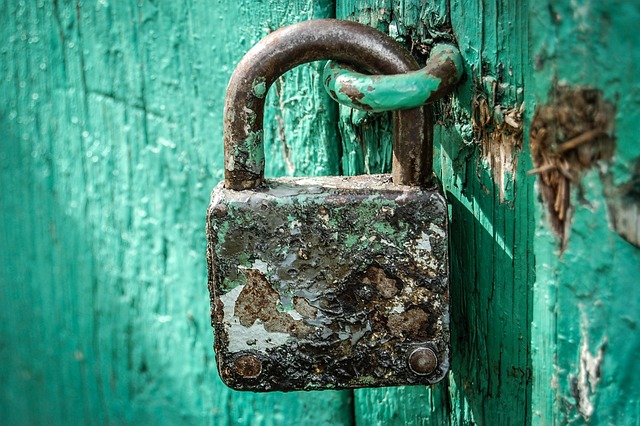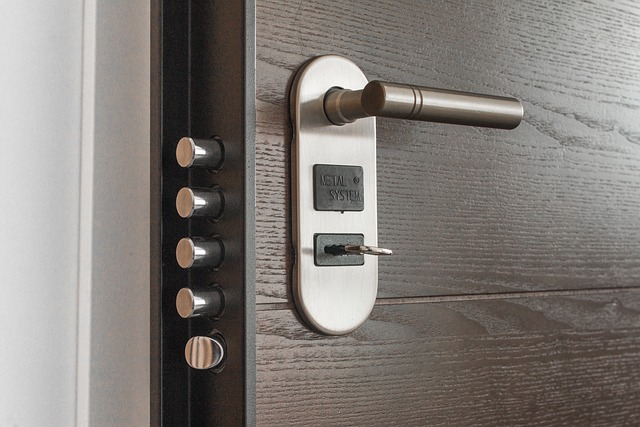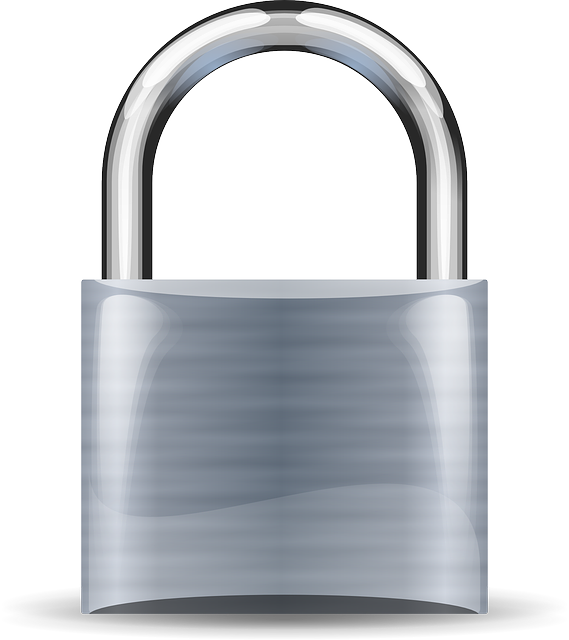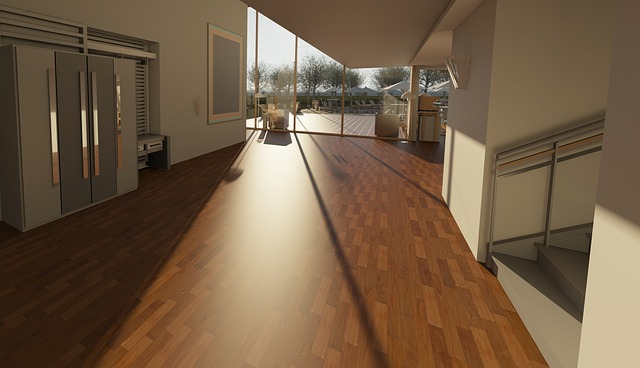Smart locks are transforming access control in rental properties by offering convenient keyless entry through Wi-Fi or Bluetooth technology. Landlords benefit from enhanced security and remote management capabilities while tenants enjoy peace of mind and flexibility with digital keys accessible via smartphones or code pads. This renter-friendly approach streamlines access, making smart locks a popular choice for modern rental units, especially in multi-tenant properties. Installation is straightforward, ensuring a secure environment for both parties.
In today’s digital era, the demand for smart locks in rental properties is on the rise. Smart locks with tenant-specific access controls offer enhanced security and convenience for both landlords and renters. This article explores the growing necessity of these renter-friendly smart locks, highlights their numerous benefits, and delves into different types suitable for apartments, along with essential installation and security considerations. Discover how Wi-Fi-enabled, Bluetooth, or keypad locks can transform keyless entry for rentals.
- Understanding the Need for Smart Locks in Rental Properties
- Benefits of Tenant-Specific Access Controls
- Types of Smart Locks for Rentals and Their Features
- Installation and Security Considerations for Smart Lock Systems
Understanding the Need for Smart Locks in Rental Properties

In today’s digital era, the demand for smart locks in rental properties is on the rise. With the increasing popularity of keyless entry for rentals, landlords and tenants alike are recognizing the numerous benefits that Wi-Fi-enabled locks for apartments bring. These innovative solutions offer a range of features, such as remote access, automated lock releases, and tenant-specific permissions, all of which enhance security while simplifying access management.
When it comes to renter-friendly smart locks, options like Bluetooth-enabled models provide an easy and convenient way for tenants to gain entry without the need for physical keys. Moreover, smart lock installation for rentals allows landlords to maintain control over access by setting up tenant-specific codes or integrating with existing security systems. This not only ensures a secure environment but also offers peace of mind for both parties involved.
Benefits of Tenant-Specific Access Controls

Implementing tenant-specific access controls through smart locks offers numerous advantages for both landlords and renters in the rental property market. One of the key benefits is enhanced security. With Wi-Fi-enabled or Bluetooth smart locks, landlords can grant individual tenants digital keys, ensuring only authorized individuals gain entry. This reduces the risk of unauthorized access and potential security breaches.
Additionally, these advanced locks provide a renter-friendly experience with keyless entry. Tenants can simply use their smartphones or code pads to unlock the door, eliminating the need for physical keys. This is especially convenient for those who frequently move or have multiple tenants, as access permissions can be easily managed and updated remotely through a property management app or platform.
Types of Smart Locks for Rentals and Their Features

Smart locks are transforming the way we think about access control in rental units, offering both convenience and enhanced security. Among the various types available in the market, several stand out as renter-friendly options due to their advanced features tailored to meet the unique needs of renting scenarios.
For instance, Wi-Fi-enabled locks provide remote access via smartphone apps, allowing landlords or property managers to grant or revoke access from anywhere at any time. Bluetooth smart locks offer a similar experience but often include additional functions like proximity sensing and keyless entry for tenants, ensuring they can easily enter their rental properties without the need for physical keys. Keypad locks are another popular choice, featuring digital codes that can be programmed for individual renters, promoting tenant-specific access controls. Installation is made simple with these smart locks, many of which can be installed without the need for a professional, making them an attractive and accessible solution for both landlords and tenants in rental units.
Installation and Security Considerations for Smart Lock Systems

The installation of smart locks in rental units offers a modern and convenient solution for both landlords and tenants. When setting up a smart lock system, it’s crucial to consider the specific needs of renters. Wi-Fi-enabled or Bluetooth smart locks are popular choices as they provide keyless entry and can be remotely managed via a mobile app, ensuring tenant-specific access control. Landlords can create digital keys for each resident, allowing them to unlock the door from their smartphone. This not only enhances security but also provides flexibility and peace of mind for both parties.
Security is paramount when implementing smart lock technology in rental properties. Proper installation involves following manufacturer guidelines to ensure the system’s integrity. Additionally, using secure Wi-Fi networks and encrypting data transmission can prevent unauthorized access attempts. Keypad locks with robust encryption protocols offer an extra layer of protection, allowing tenants to set their own personal codes for enhanced privacy. Regular software updates are also vital to patch any potential security vulnerabilities in these interconnected devices.
Smart locks with tenant-specific access controls are transforming the rental property landscape. By implementing these renter-friendly solutions, landlords can enhance security while offering keyless entry convenience to tenants. Wi-Fi and Bluetooth enabled models provide flexible options, ensuring secure access through smartphones or dedicated keypad systems. A seamless smart lock installation for rentals not only improves resident experience but also adds a layer of protection against unauthorized access. Adopt these technologies to stay ahead in providing modern, secure living spaces.
